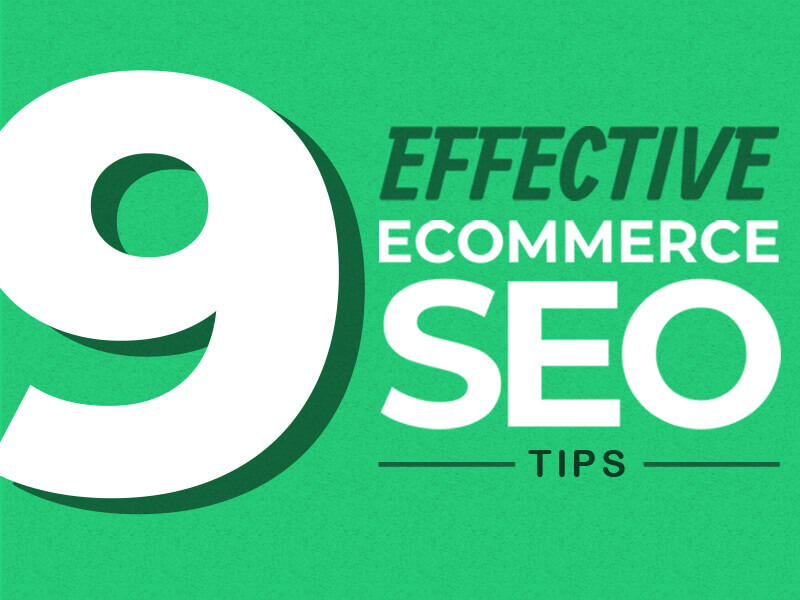Most people can’t answer the simple question of why they want the things they want. That’s because our brain drives our decision-making process in ways that we’re not really aware of.
– Michael Fishman
Traveling through this digital world we’ve built for ourselves is a dizzying experience. We see certain structures and terminology that we are accustomed to from the physical realm (words like
“pages”) but in another sense, it forces us to think and make decisions in entirely new ways. There’s a new psychological journey to be learned and perfected. Our construction of (and obsession with) social media sites like Facebook and Twitter reflect attempts to streamline and reconstruct our already established social interactions, but inevitably there’s something unique and new established as well.
For the purposes of this post, I’d like to take a look at how this concept applies to shopping. More specifically, how the process of online shopping has changed the psychological journey one takes on their way towards making a purchase. This is important because over the past few years especially, shopping online has become the preferred purchasing method for the typical American consumer.
So where does that leave you as a business owner? Not all businesses will benefit from extensive eCommerce options (though in most of these cases the business would still benefit greatly from cultivating at least an online presence for brand building purposes and lead generation). For ones that do, though, there are new ways to think about the psychology of purchasing decisions and how to best position your products and services towards being hot sellers on the digital marketplace.
Reviews
Consumers have long used the opinions of their peers to guide purchasing decisions. Even before the internet flattened the world and connected its inhabitants, people bought products and talked about them. However, the actual impact this had on buying patterns was diluted to a great extent by the limited scope of those conversations – especially when compared to the impact of TV and radio advertising. Word of mouth (in a literal sense) was really all there was. If you were told by a friend about the frustrating ineffectiveness of a particular refrigerator, there was a good chance that by the time you were wondering about which refrigerator buy for yourself, you had either forgotten about that conversation or its impact had been wiped away by the prevalence of that brand’s advertisements on television.
Source: Amazon
Now, those peer-generated opinions are immediate and directly attached to the buying process. As you can see above, many reviews have numerical “star” ratings that get tallied and tacked on to the image of the product. Located where they are, they become central to the way the viewer sees the product and the number of stars will likely have a direct effect on whether or not a purchase is made.
One interesting psychological nugget is that the recency effect plays a major role in how we interpret product reviews online. Studies have shown that if a given product has both positive and negative reviews, its performance will improve drastically if the positive reviews are listed first.
Location, Location, Location
Throughout the 20th century, psychological researchers studied buying patterns in brick-and-mortar stores to see how products could best be arranged geographically to increase revenue. The strategies garnered from this research have resulted in common design elements, recognizable in supermarkets across the country to this day. Fruits and vegetables, for example, are ornately arranged at the front of the store, so that they are the first things we see when we walk in. This is because of how aesthetically attractive and diverse in color they are.
Supermarkets also employ a kind of conceptual ‘funnel’ to make product placement decisions. The ends of aisles (which customers will see far more frequently than the middles) are stocked with the higher end brands which will cost more.
On to the digital side of buying. Here, product placement is flattened, but its importance is decidedly not. The downside of being restricted to two-dimensional viewing pales in comparison to the upside of having immediate access to the viewer’s buying history and flexibility to use that data effectively. When I visit Amazon.com, I am shown lists of products that fit categorically with those that I have already purchased or viewed.
This completely changes the psychology of the buying process because it is tailored to you personally. This personalized purchasing experience used to be reserved for the super wealthy. They alone could afford to go into boutique clothing and goods stores and pay for both the products and the time of the storeowner who would show them items specifically chosen for them. Now, this type of luxury has been democratized and can be experienced just on the basis of having an Amazon account.
Another extension of this personalization is the ‘on-your-way-out’ aisle. At the grocery store, you’ll find a plethora of smaller items here that the grocery store is strategically positioning as the last things you’ll see before you make your total purchase. They’ll include things like candy bars, magazines, and gum. The psychology behind this strategy is that once you’ve done the grunt work of gathering the necessities for you and your family, you’ll then want to give yourself a small reward. Since they’re lower in cost, it won’t seem to be a major financial burden, as you’re already spending much more than that on your staple items. The revenue these aisles accumulate for the stores, though, adds up significantly.
This psychological strategy is employed on digital marketplaces as well, but in a different and arguably more advanced way. Immediately before a purchase is made, sites like Amazon will show you the option of buying the item as part of package, with other similar items. This is enticing for the same “might as well” reasons as the check-out line, and can be even more profitable for the site because the items won’t necessarily be as cheap as a pack of gum or a magazine.
Abandonment Issues
Not all of the differences between brick-and-mortar shopping and digital shopping are inherently positive for the digital end of the spectrum. One of the major challenges for online markets is the shopping cart abandonment phenomenon. When you get in your car, drive to the store, and start lugging that cart around, I think it’s safe to say you’ve made somewhat of a commitment to buying a few things.
With online shopping, though, that commitment fades quickly. In fact, clicking “Add to Cart” requires almost no commitment at all. This leaves online sellers with an obstacle, but also an opportunity. There’s this significant chunk of profit being left on the table.
How to best turn this trend around? One easy step is to focus on functionality and speed. People standing in line at grocery stores aren’t likely to abandon their task as a result of a wait because they can see how the waiting process will unfold; they can estimate based on the length of the line about how long they’ll be waiting.
Waiting on the internet is a much more mysterious and off-putting experience. A blank, “buffering” state can leave the user wondering if they’ll be able to get through to the purchase at all. This is why it’s super important to clean up any shoddy links and maintain site functionality at all times. Amazon has done the best job of anyone to combat this, instituting features like Prime Shipping and 1-Click Purchasing to make the buying process impulsively (and dangerously, if you’re like me) smooth.
Recap
So, the next time you’re addressing your eCommerce processes, think about the psychology of the buying process that the consumer will be subjected to:
1) Reviews – Embrace the transparency this allows, don’t hide from it. Cultivate the sense that you are using the internet to collaborate and empower your customers, not that you’re using it as an invisibility cloak.
2) Location – Whether you have both brick-and-mortar locations or not, the geography of the buying process is an important element to your online eCommerce functionality. Use the tried-and-true techniques made famous in grocery store layouts for decades, but apply them to web page design. Take advantage of viewing history, bottomless scrolling, and any other web-specific techniques to increase sales.
3) Abandonment Issues – Clicking “Add-to-cart” doesn’t foster the same commitment as pushing around a heavy shopping cart full of groceries. Combat the consumer’s tendency to abandon their shopping cart by streamlining the process and eliminating wasted time. They’ll be more willing to return for another transaction if the process itself isn’t a struggle.







